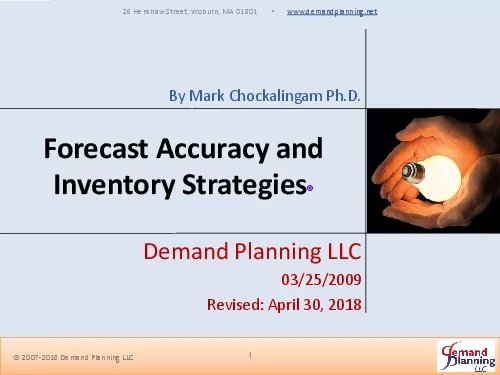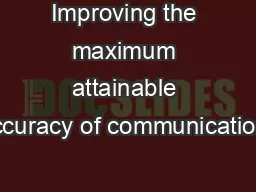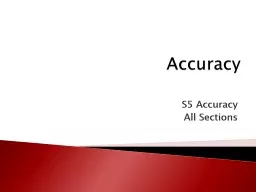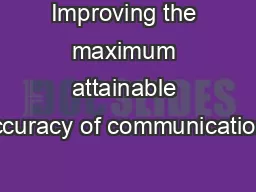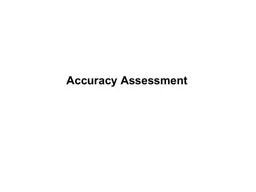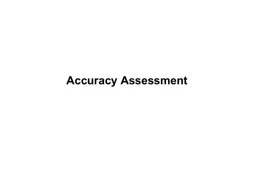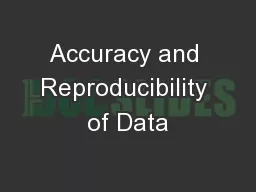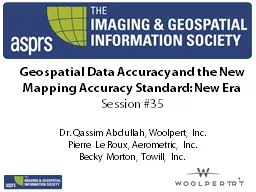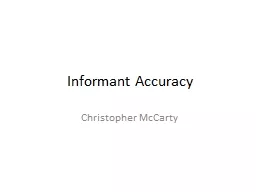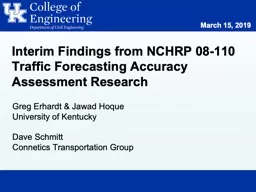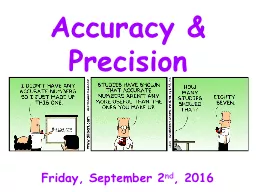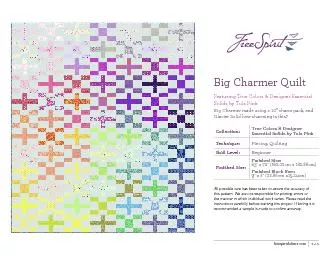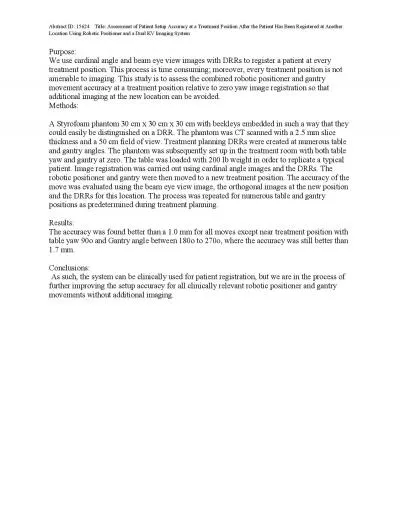PDF-Forecast Accuracy and
Author : roy | Published Date : 2021-08-09
InventoryStrategiesDemand Planning LLC03252009Revised April 30 201826 Henshaw Street Woburn MA 01801 wwwdemandplanningnet1By Mark Chockalingam PhDForecast Accuracy
Presentation Embed Code
Download Presentation
Download Presentation The PPT/PDF document "Forecast Accuracy and" is the property of its rightful owner. Permission is granted to download and print the materials on this website for personal, non-commercial use only, and to display it on your personal computer provided you do not modify the materials and that you retain all copyright notices contained in the materials. By downloading content from our website, you accept the terms of this agreement.
Forecast Accuracy and: Transcript
Download Rules Of Document
"Forecast Accuracy and"The content belongs to its owner. You may download and print it for personal use, without modification, and keep all copyright notices. By downloading, you agree to these terms.
Related Documents

